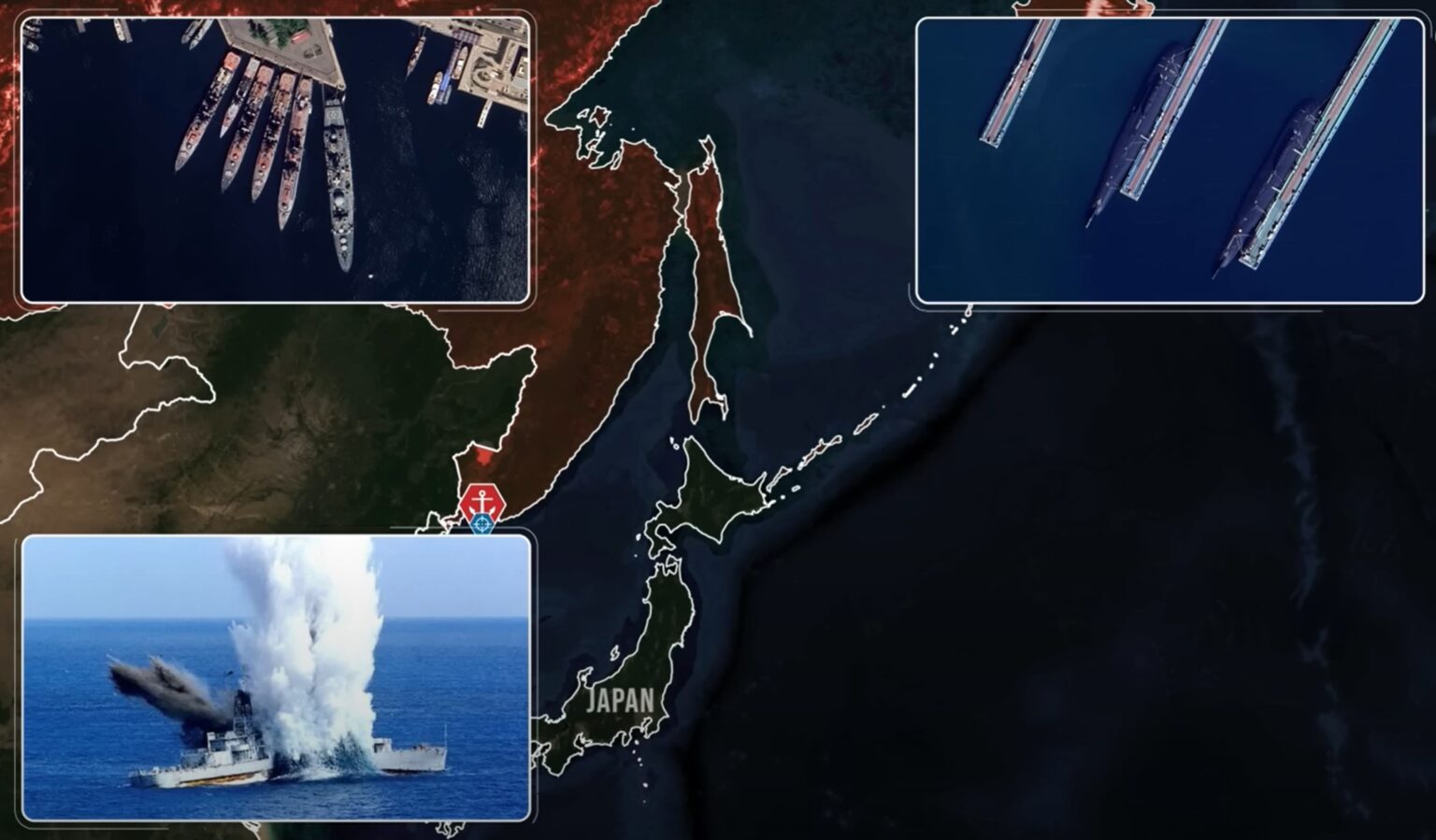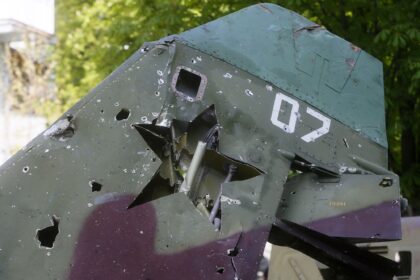**Ukraine’s Underwater Drones Pose Threat to Russia’s Pacific Naval Bases**
The recent Ukrainian underwater drone strike on the Kerch Bridge has sent shockwaves through Russian analysts, who are now warning of a possible follow-up attack that could target Russia’s most sensitive naval bases in the far east.
The successful operation was seen as a rehearsal for something even more devastating, aimed at Russia’s Pacific naval assets. In light of Ukraine’s ability to strike deep into Russian territory using conventional and unconventional means, as demonstrated by Operation Spiderweb, Ukrainian intelligence services have carried out another stunning strike on the underwater support structure of the Kerch bridge.
**New Underwater Drone Threatens Russian Naval Defenses**
To conduct the strike, Ukrainians used a new variant of underwater naval drone, the Toloka 1,000 or the Toloka 400. These upgraded drones can deliver between half a ton and 5 tons of explosives at a range of 1,000 to 2,000 kilometers, respectively. The compact design and quiet propulsion systems make them ideal for covert sabotage missions against high-value Russian naval and logistics infrastructure.
Russian analysts note that Ukraine could have used multiple Toloka drones in sequence to breach defenses and collapse the bridge, suggesting that this was therefore not the main strike, but rather a field test of upgraded underwater drone capabilities. With these new drones now capable of reaching over 2,000 kilometers, Russian analysts are openly worried that Ukraine’s real targets lie in the Pacific.
**Russia Warns of Possible Drone Strikes in Pacific**
Russian analysts are concerned that to hit Russia’s far east, Ukrainians could realistically use container ships laden with concealed naval drones. These ships would be more difficult to regulate and inspect, making it easier to smuggle the underwater drones on board.
Careful coordination of shipping towards international ports of Ukrainian allies, such as Australia, the United States, Japan, and South Korea, could reduce the risk of such an operation being intercepted, especially with the cooperation of allied intelligence services. Once the container ships enter the Sea of Japan or dock in Russian ports, they would already be within range of releasing underwater drones.
**Ukraine Eyes Russian Nuclear Submarine Base in Kamchatka**
The targets would be the Russian naval bases in Vladivostok and on the Kamchatka Peninsula. The Vladivostok base houses the Russian Pacific surface fleet, with several destroyers, corvettes, and the flagship of the Russian Pacific fleet, the Cruiser Varyag. The base in Kamchatka houses Russia’s nuclear submarines, which are carriers of both nuclear-capable ballistic and cruise missiles.
With the Toloka 1,000 having a maximum payload of up to 5 tons, Ukrainians could hit and sink several ships with only one drone. Such strikes would not have a direct military impact for Ukraine but would bring the war to the Russian home front in a way never seen before.
**Ukraine Expands War to Russian Pacific Fleet**
Additionally, it would undermine Russia’s ability to defend itself in a broader sense, eroding the Russian nuclear triad even further. Such an operation would exponentially magnify the pressure on Russia to seek a realistic negotiated peace settlement.
Overall, Ukraine’s strike on the Kerch Bridge fits into a broader, coordinated campaign, seemingly without range limitations. It marks the start of a new phase in long-range underwater warfare. With upgraded Toloka drones now capable of reaching over 2,000 kilometers, Russian analysts openly worry this was only a trial run, and that Ukraine’s real targets lie in the Pacific.
Read More @ euromaidanpress.com












